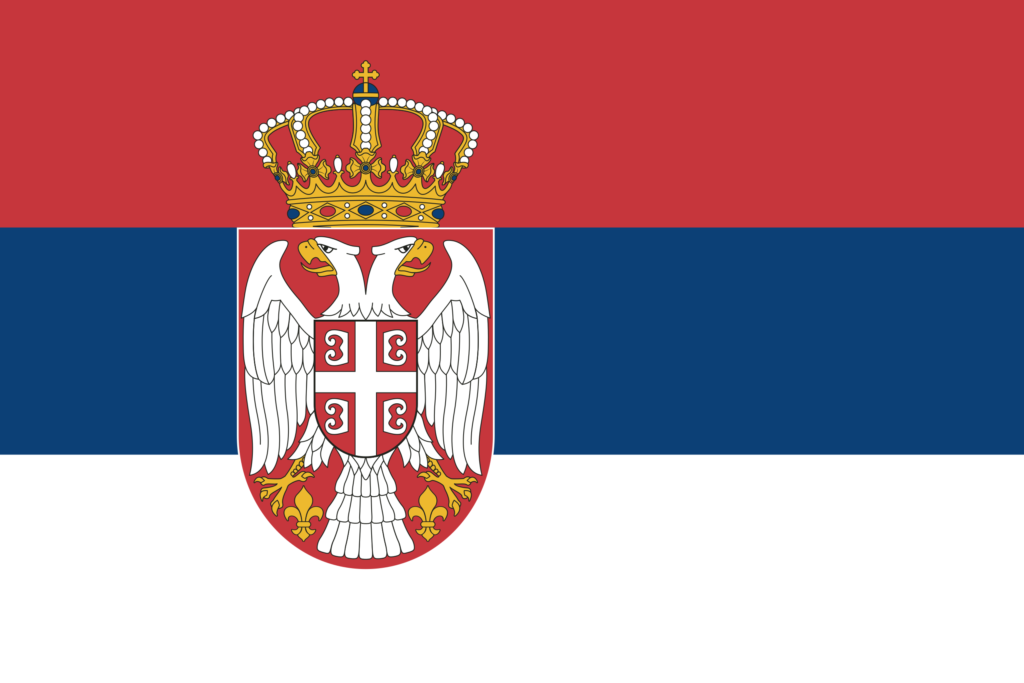Jean-Michel Basquiat (1960-1988), whose works can be found on Artsper, is undoubtedly one of the artists who left the greatest mark on the underground New York art scene of the 1980s.
Born in Brooklyn, this African-American with a rebellious streak left school in his teens to devote himself to his passion: art. He was soon spotted for his unique graffiti, populated with tribal signs and naïve characters. Denouncing consumer society and the exclusion of ethnic communities, he was only 21 when a gallery gave him his first exhibition. It was a remarkable arrival that catapulted him to the forefront of the art scene.
Tortured, his profoundly violent works are imbued with the art brut style and include numerous evocations of death. Death continued to torment him until he died of an overdose at the age of just 28. A recent graphic novel written by Julien Voloj and illustrated by Soren Mosdal retraces the short but prolific career of this urban art prodigy. Based on real events, his biography seeks to reveal the artist’s dark demons, which inspired him but also precipitated his demise.
Andy Warhol: The Biography of the Pop Art Icon
Warhol Biography by Victor Bockris
A close friend of Jean-Michel Basquiat, Andy Warhol (1928-1987) collaborated with him on over 200 works. They also shared the same favorite theme: consumer society. If Basquiat is the emblem of Street Art, Andy Warhol, whose creations are available on Artsper, is unquestionably the emblem of Pop Art.
Beginning his career in advertising, he became world-famous in the 1960s for his silkscreen prints of mass-produced goods, then of the biggest stars of the day. Duplicating his works in a multitude of garish colors, he brought art into the category of consumer goods. In order to produce in industrial quantities, in 1964 he created his Factory, a giant studio and the center of New York artistic life. Highly publicized in the media, he remains one of the most popular artists today, whose works are highly sought-after on the contemporary art market.
His biography, written by Victor Bockris, a close friend of the artist, is the fruit of a meticulous investigation of his entourage. It reveals the journey of this pop culture leader, from his precarious childhood in a Slovakian immigrant family to his breakthrough in the world of show business.
Raphael: The Genius of the Renaissance
Raphael in Detail by Stefano Zuffi
Like Jean-Michel Basquiat, Raphael (1483-1520) is considered a precocious artist prodigy, whose premature death only served to foster the creation of a myth.
From an early age, he gained widespread recognition throughout northern Italy for his realistic style, characterized by great gentleness and harmony of form and color. His consecration came in 1508, when Pope Julius II commissioned him to paint monumental frescoes to decorate his Vatican apartments.
As 2020 marks the anniversary of his death, two major exhibitions are being held to honor Raphael. The first, in France, at the Musée de Condé in the Domaine de Chantilly, runs until August 30, and features a large number of his drawings. The second, in Rome at the Scuderie del Quirinale, is open until August 31, and features his greatest pictorial masterpieces. To mark the occasion, art historian Stefano Zuffi has published a biography (re)discovering the life of the “prince of painters”, in the words of Giorgio Vasari. A fascinating biography whose common thread is the details of his works.
Caravaggio: The Prodigious Criminal
What could be more romantic than the life of Caravaggio (1571-1610)? The calm, luminous works of Raphael are contrasted with the brutal, dark works of the master of chiaroscuro. This late 16th-century Italian artist is said to have revolutionized painting.
Breaking with tradition, he depicted the sacred figures of the Bible with uncompromising realism, transcended by powerful contrasts of light. Like Raphael, he was already famous in his own lifetime. The emergence of Caravaggio after his death is proof of his influence on many artists of the early 17th century. But the comparison ends just as quickly! Aggressive in his paintings as in life, he was forced to leave Rome after killing a man in a duel. He left for Malta, where he was finally imprisoned for a criminal offence. After escaping from the island, he died a few days later on the outskirts of Rome.

